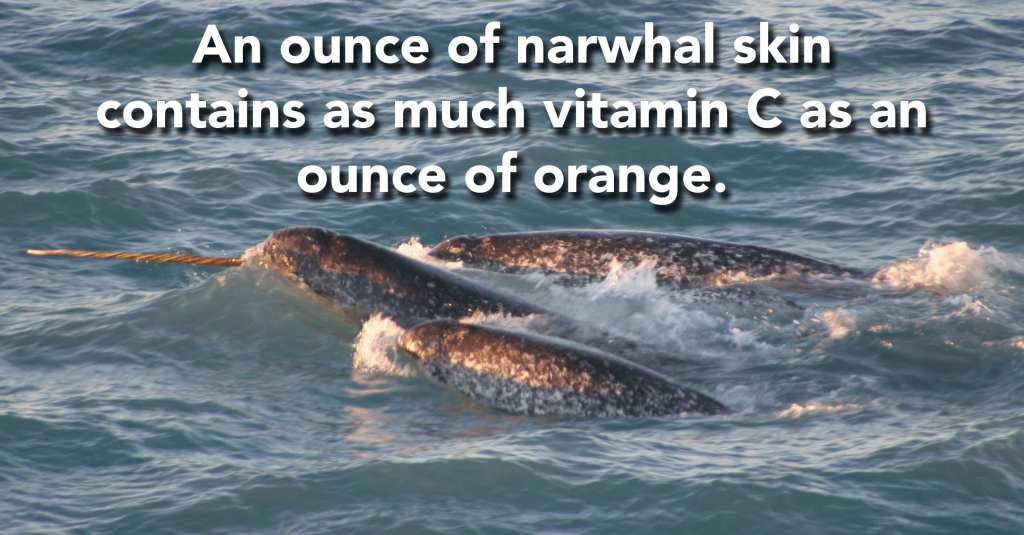Trending Now
Narwhals are the unicorns of the sea, so what’s not to love about them?
But even if you agree that they’re adorable, you might not know a ton about the mysterious sea creatures.
Let’s fix that, shall we?
5. Their skin is rich in vitamin C.
https://www.instagram.com/p/Bxu9VgZl2zr/
This is weird, but it’s true.
There is as much vitamin C in one ounce of narwhal skin as in an ounce of oranges. In fact, narwhal skin is the primary source of vitamins for peoples indigenous to the Arctic (and the reason humans have been able to survive there for so long).
4. Its tusk is actually a tooth.
The narwhal’s tusk is actually a large front left tooth protruding from the upper lip. The right front tooth is much smaller, and their teeth in general are not what you’d expect.
“No big surprise,” says Martin Nweeia, a clinical instructor at the Harvard School of Dental Medicine. “But to find a tooth [the tusk] that is soft on the outside and has its most dense part around the pulp was completely odd.”
3. There are no narwhals in captivity.
https://www.instagram.com/p/B1Repaclz8S/
Narwhals are closely related to beluga whales, but unlike their family members, narwhals do not thrive in captivity. Several were captured and kept in the 1960s and 1970s, but none lived longer than a few months.
2. The tusk/tooth can be over 10 feet long – and bend quite a long way.
Narwhal tusks grow throughout their entire lives and can reach lengths of up to 10 feet. Oddly, the fact that the tusk is soft on the outside and harder on the inside means it’s flexible – it can bend a long way without cracking or breaking.
1. Scientists aren’t sure what its “horn” is for in the first place.
https://www.instagram.com/p/Bz1T3SqFjLV/
Theories abound – that it’s a weapon, an accessory for wooing mates, or, most recently, an environmental sensor.
According to Nweeia’s recent research, the tusk is porous and full of nerves, meaning it may able to gauge things like water pressure, temperature, and salinity.
I now officially have a new favorite animal – move over, giraffes!
What’s your favorite animal? Have you ever seen a narwhal in person? Tell us about it in the comments!






